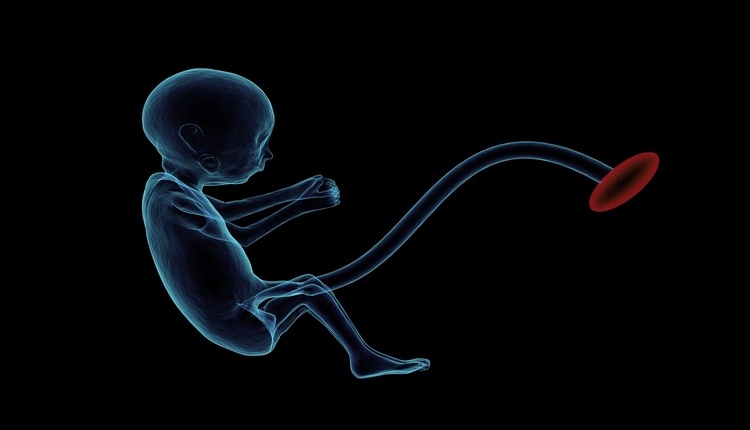Engineers Design Placenta-on-a-Chip

Human placenta is responsible for providing oxygen and the other nutrients to the baby. But a team of engineers at Iowa State University have designed an artificial placenta that is available on a chip. They have used microfluidic technology to produce this artificial placenta. According to this recent study published in the scientific journal Global Challenges, the scientists had to begin with the formation of microchannels, followed by growing cells on both sides, thereby creating a living model. This study was mainly based on the transport of caffeine across the placenta. The model suggested that some of the caffeine did reach the bloodstream of the fetus. However, the researchers at Ohio State University’s College of Medicine are using the same model to study the movement of different drugs across the placenta.
To know more, click here now!









